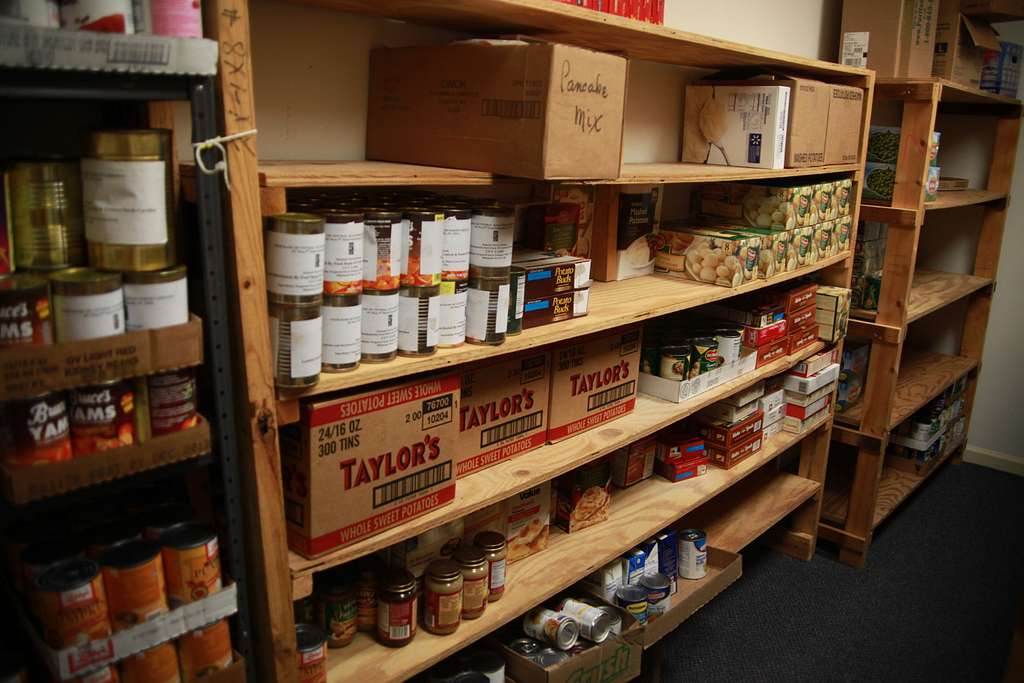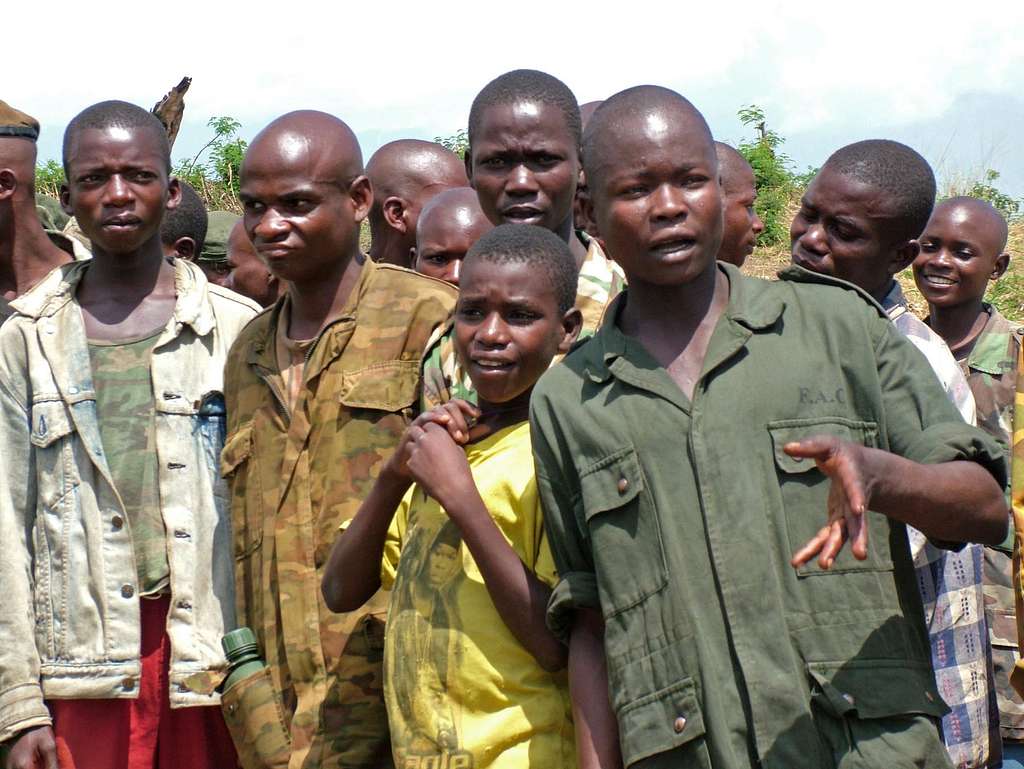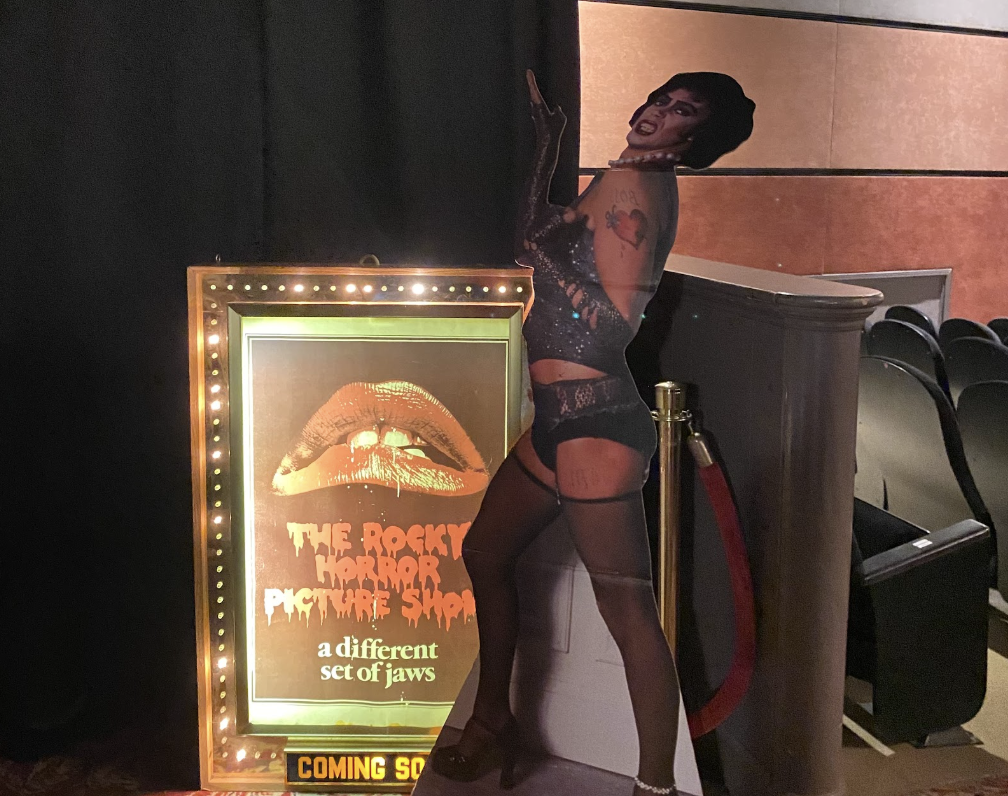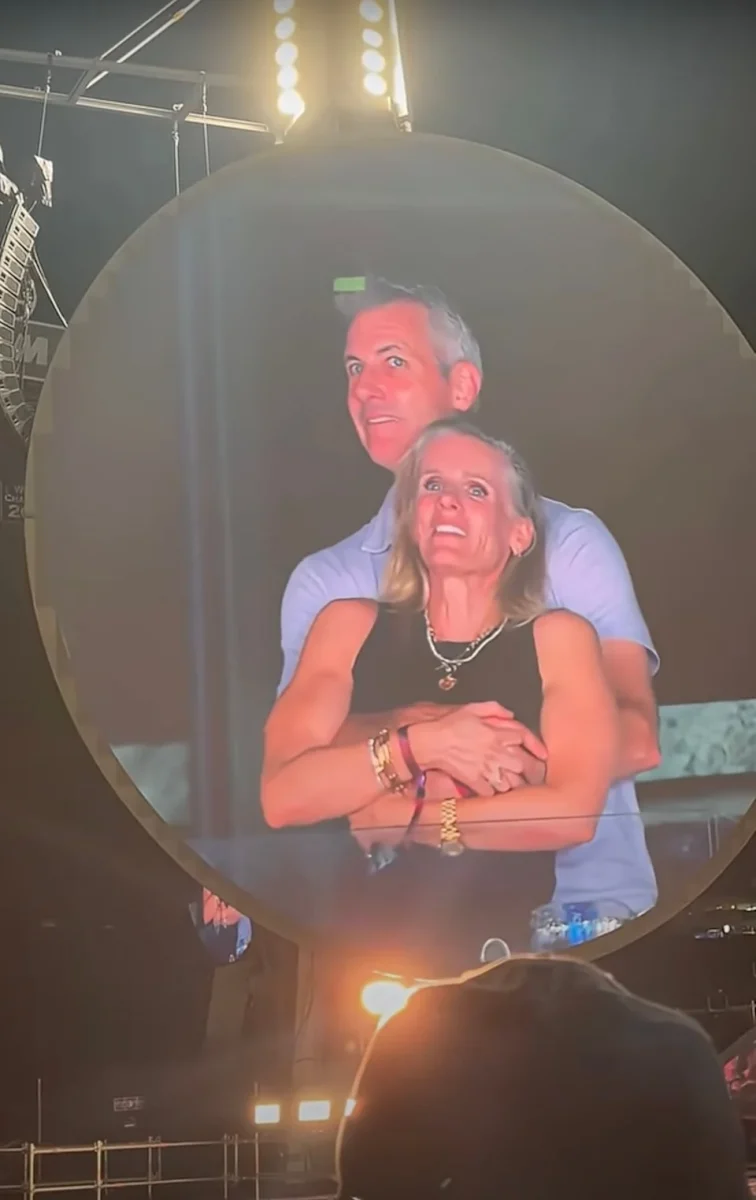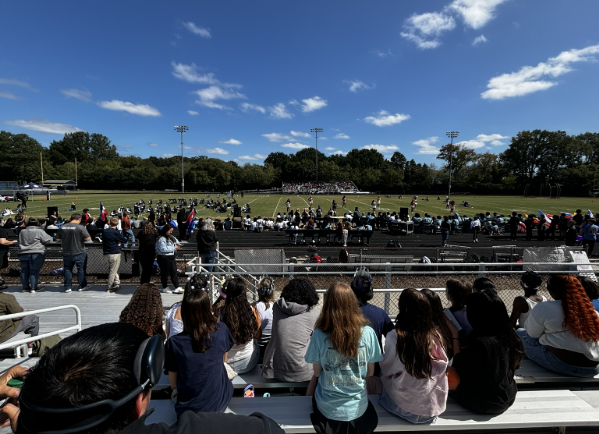It’s All About the Beads
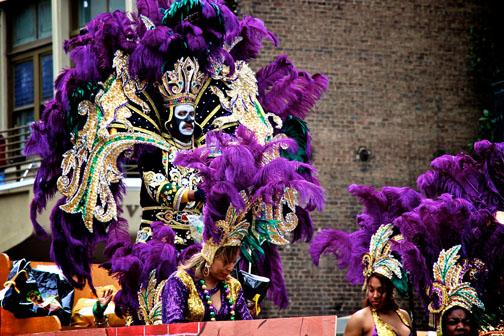
The Krewe of Zulu parade is one of Mardi Gras celebrations. This event is held in remembrance of the Zulu Tribe. Like this parade, many others are held in honor of people who influenced New Orleans culture.
February 11, 2016
Beads, feathers, costumes and huge floats are all a part of the big festival known as Mardi Gras. Mardi Gras, which means Fat Tuesday in French, is one of the most known traditions in the city of New Orleans. Mardi Gras was created during the times of medieval Europe and, at first, was just a celebration to open up the newly established New Orleans in 1718 by a French-Canadian explorer named Bienville. After a while, this simple celebration became one of New Orleans most iconic traditions.
Purple, green and gold are the colors of Mardi Gras. They all have a specific meaning; Purple represents justice, green represents faith, and gold represents power. When people think outside of New Orleans, they do not normally think about the history behind of the celebration. French teacher Mrs. Dauphinais said, “The first thing I think of with Mardi Gras are the three colors of Mardi Gras along with the colorful parades, brass bands and Mardi Gras masks.” Before there were multiple parades and balls, there was just one organization that threw the parade and ball which were only to welcome the Grand Duke. Also Fat Tuesday is the actual day that follows the time period of the actual beginning of Mardi Gras, which is the twelfth night, January 6. After this day, crazier events occur, like the final day which is actually known as Mardi Gras.
Many of the local people and visitors are treated with parades. These parades hold some of the most colorful papier-mache floats. Following the floats will normally be a school’s marching band or even military units. As the floats move along, they hold many of the residents that belong to sponsoring organizations. These residents toss beads, gold coins and many other items for the sake of the celebration. The French Quarter is highly known for the parties it has. Many young adults and college students mainly go to that area for the beads, the alcoholic beverages and all of the fun.
As for the background of the fun, Mardi Gras really embodies the culture of New Orleans. New Orleans is known to have various Creole foods like jambalaya or gumbo, which are heavily cooked during Mardi Gras. Also Mardi Gras has a religious background for being the last day before the beginning of Lent, which is a period of fasting and repentance leading up to Easter and it celebrates the resurrection of Jesus Christ. Another tradition is the King Cake, which is a very popular among the people of New Orleans. It is considered a Mardi Gras delicacy. The King Cake is a sugary pastry coated with icing that are the colors of Mardi Gras. Inside the cake will be one small plastic baby, and the person who finds the baby in their piece must host the next party. This is another fun traditional held during Mardi Gras. Mardi Gras and New Orleans in general is home to decades and decades of history that can easily be learned about and enjoyed.



